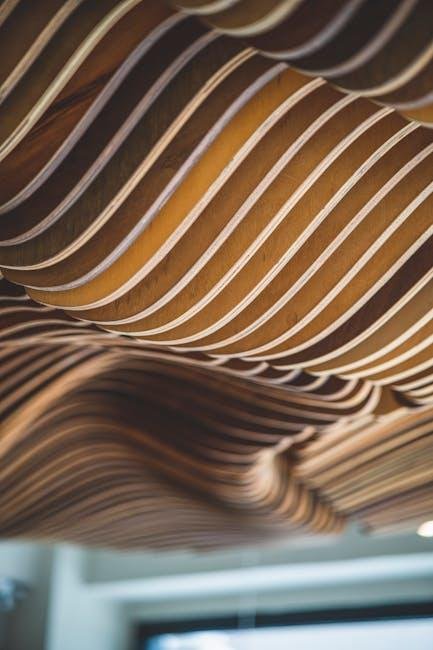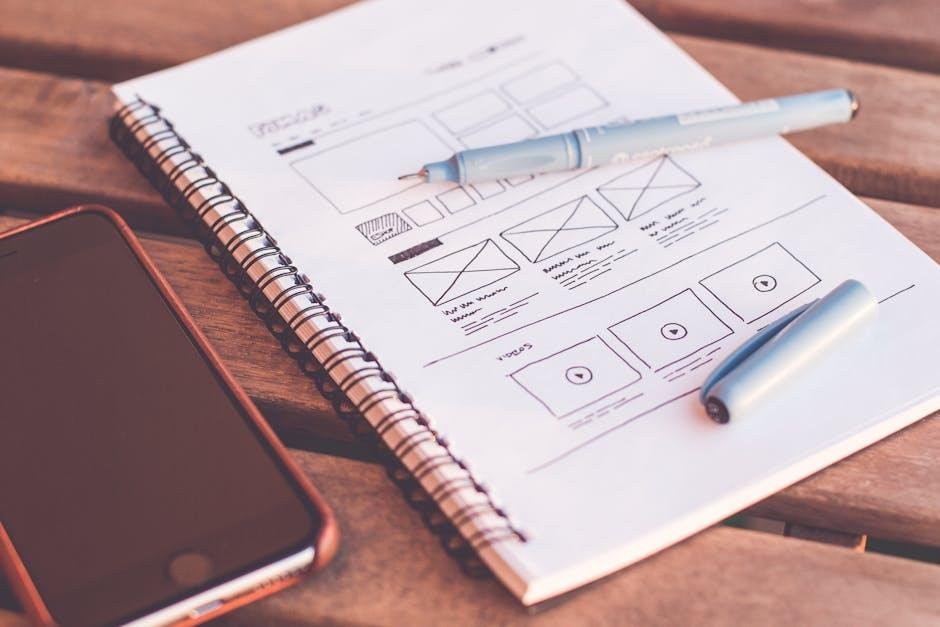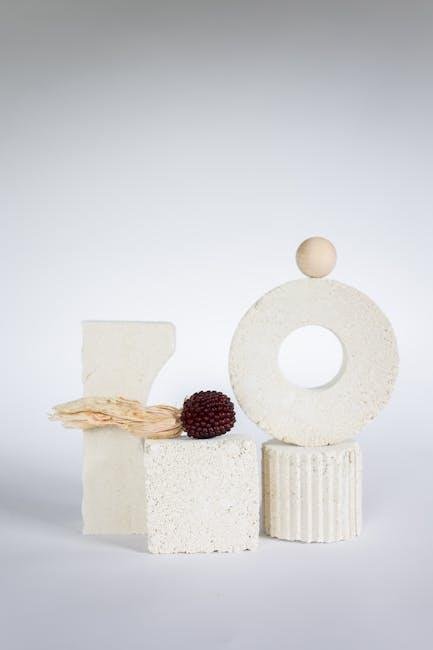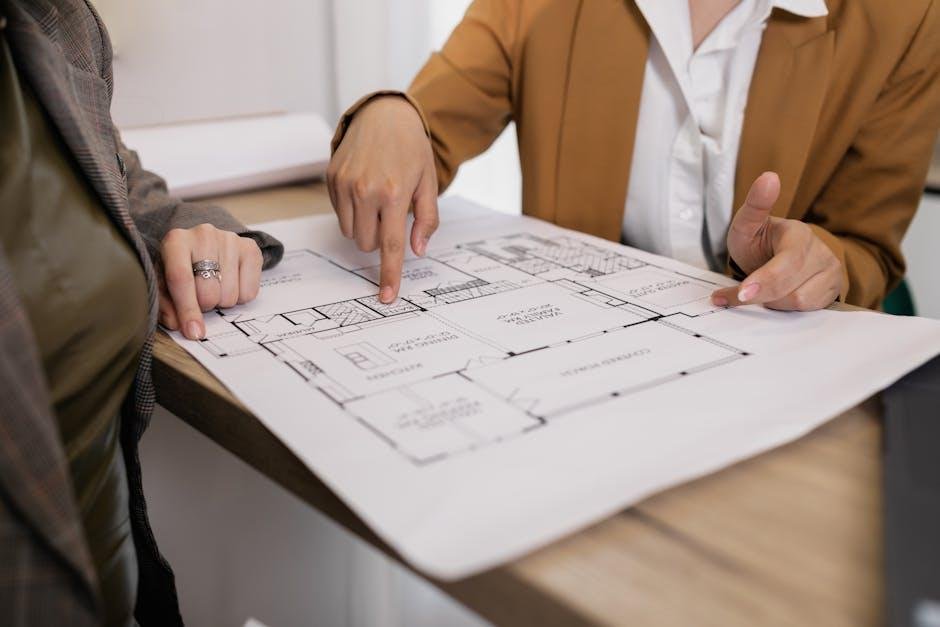In the realm of design, the arrangement of elements can make all the difference between a space that feels harmonious and one that appears disjointed.Whether you’re reimagining a room, a website, or an office floor plan, the flow of the layout serves as the backbone of functionality and aesthetics. As our needs evolve and our lifestyles shift,so too should our environments. This article delves into the art of reworking layouts for better flow, offering practical insights and creative strategies to enhance connectivity and cohesion in any setting. Join us as we explore the principles of effective design, discover the importance of user experience, and learn how a thoughtful reconfiguration can transform the ordinary into the remarkable.
Understanding Spatial Flow in Design
In the realm of design,understanding how space interacts with the elements within it is crucial for creating an inviting and functional surroundings. Visualizing spatial flow involves considering how individuals will navigate through a space, and the arrangement of objects can significantly influence this experience. A well-considered layout encourages movement, interaction, and connection among different areas, making the environment feel cohesive and purposeful. Key aspects to think about include:
- Pathways: Identify the primary routes that visitors will take and ensure they are clear and unobstructed.
- Focal Points: Establish areas that naturally draw attention and encourage people to gather or move toward them.
- Proximity: Group related items together to ensure that they are easily accessible and create a sense of cohesiveness.
To illustrate the impact of spatial flow on design, consider this simple table highlighting common layout styles and their effects on movement:
| Layout style | Effects on Flow |
|---|---|
| open Plan | enhances freedom of movement and promotes collaboration. |
| Cellular | Encourages privacy but may restrict flow between spaces. |
| Mixed use | Integrates different functions, creating diverse paths and interactions. |
Employing these principles of spatial flow can transform a mundane layout into a harmonious ecosystem that nurtures both functionality and aesthetics. Emphasizing the balance between structure and creativity ultimately leads to designs that not only look good but also feel good to navigate.

Evaluating user Experience Through Layout Choices
When approaching layout design, it’s crucial to focus on elements that enhance the user experience. A well-considered layout not only guides users through your content but also encourages deeper engagement. To achieve this, pay attention to:
- Hierarchy: Use size, color, and placement to depict importance.
- Whitespace: Incorporate ample spacing to avoid clutter and enhance readability.
- Consistency: Maintain uniformity in styles and elements to forge a cohesive experience.
Testing different layouts can yield valuable insights into user behaviour. By utilizing tools like A/B testing,you can collect data on how layout variations affect user interaction. Consider implementing a simple data table to track your findings,such as:
| Layout Variation | Click Rate (%) | Average Time on Page (min) |
|---|---|---|
| Layout A | 25% | 2:30 |
| Layout B | 35% | 3:45 |
| Layout C | 30% | 4:00 |

Techniques for enhancing Visual Hierarchy
Creating a strong visual hierarchy is essential for guiding users through your layout. By strategically employing contrast, size, and alignment, you can effectively dictate the importance of content. As a notable example, using a larger font for headings or incorporating bold typography can draw immediate attention to critical elements. Additionally, employing different colors can also enhance the visual weight of specific sections, ensuring that key information doesn’t go unnoticed. Remember, too much visual noise can dilute these effects; opt for a clean design that allows your hierarchy to shine.
Utilizing whitespace effectively is another crucial technique for reinforcing visual hierarchy. when properly spaced, elements breathe and become more digestible, allowing users to navigate through your content with ease. Consider organizing your layout into distinct zones where content types are grouped logically. You can also apply varying levels of indentation to create a structured flow that visually guides the eye. Below is a simple table illustrating how to categorize different visual components based on their importance:
| Element Type | Visual Treatment | Purpose |
|---|---|---|
| Headings | Large, bold fonts | Attract attention |
| Subheadings | medium size, semi-bold | support categories |
| Body Text | Regular size | Convey information |
| Links | Colored, underlined | Encourage interaction |

Incorporating Feedback to Refine Layouts
Feedback acts as a compass, guiding us toward a more effective layout. Engaging with users—whether through direct surveys, usability testing, or informal discussions—provides invaluable insights into their interactions. Consider these key aspects when evaluating input:
- clarity: Are users easily understanding the content without confusion?
- navigation: Can they quickly find what they need? Is the layout intuitive?
- Visual Appeal: Does the design resonate with users? Is it aesthetically pleasing?
As you refine your layouts, implement changes iteratively based on the collected feedback.Use a systematic approach to track the impact of these changes:
| Change Made | Feedback Received | Next Steps |
|---|---|---|
| Updated header design | Improved visibility | test across devices |
| Reorganized menu items | simpler navigation | Analyze traffic patterns |
| Incorporated more white space | Enhanced reading experience | Monitor user engagement |
Wrapping Up
As we wrap up our exploration of reworking layouts for enhanced flow, it’s clear that the art of design is an ongoing journey—one that invites us to experiment, adapt, and innovate. Whether you’re creating a space in your home, designing a website, or crafting a community layout, the principles of flow remain consistent: clarity, accessibility, and coherence.
By thoughtfully considering each element and its place within the whole, you can not only improve functionality but also create an experience that resonates with those who engage with your design. Remember,accomplished layouts do not happen by chance; they are the product of purposeful choices and a keen understanding of your audience’s needs.So take these insights and let your creativity lead the way. Reimagine your spaces, reconfigure your designs, and dare to break the mold.as you embark on your reworking journey, may you discover the perfect balance between function and beauty, ultimately crafting layouts that not only flow seamlessly but also inspire those who inhabit them. Happy designing!



